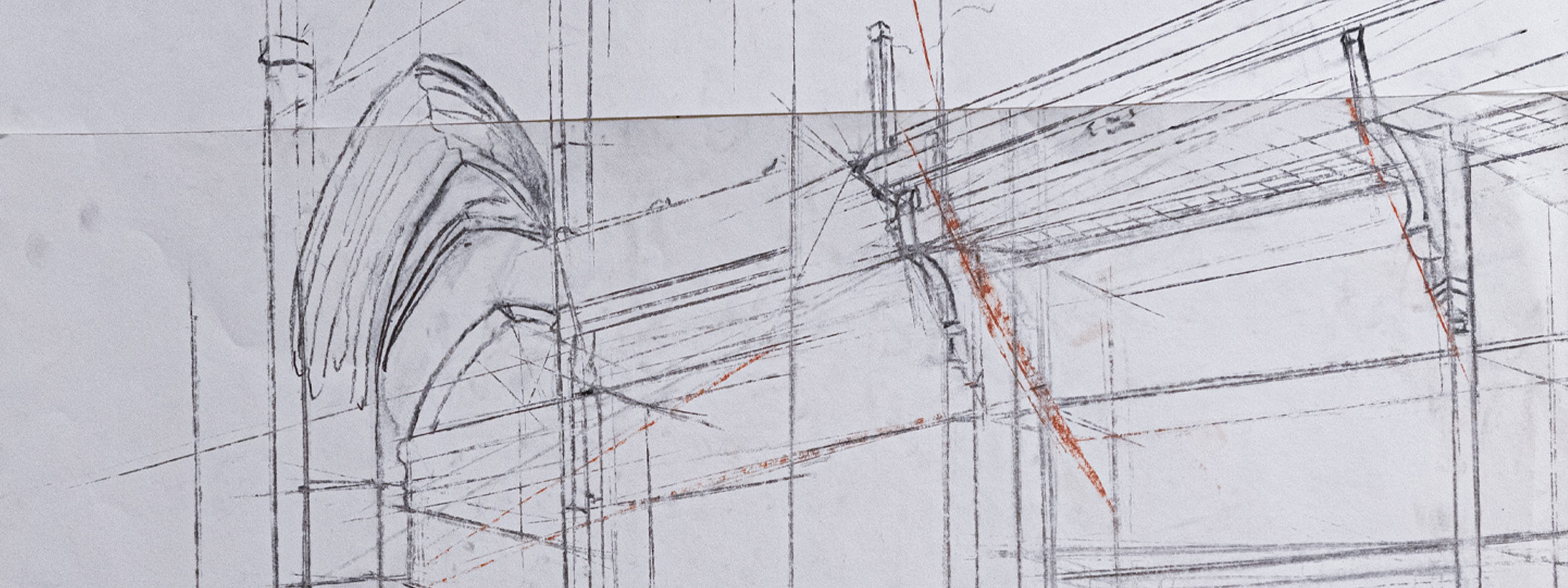Outside Adviser:
Matthew Mosca (History)
In the twenty-second year of his reign, Emperor Qianlong, an ardent devotee of Tibetan Buddhism, commissioned his court artist Ding Guanpeng (active 1708–1771) to create a work modeled after Guanxiu’s (832–912) painting of the Western Paradise. Ding’s painting, Supreme Bliss World (1758), was later sent to the Imperial Weaving Bureaus in Jiangning (modern Nanjing) and Suzhou as the source painting for various copies in kesi (cut-silk tapestery), embroidery, and Songjin (Song brocade). Ding’s painting and the textile reproductions of the same subject can be seen as part of the Qianlong Emperor’s larger project of incorporating jile shijie anyang daochang (bodhimandas for the World of Supreme Bliss) into the imperial palace. Envisioning the World of Supreme Bliss across the Forbidden City, the emperor regarded the Pure Land Western Paradise both as a carrier of the cherished wish for longevity and an essential component of a unified Buddhist system. This study means to explore Ding’s Supreme Bliss World and the various textile copies in light of the transformation of the imperial palace into the sacred site of the Western Paradise during Emperor Qianlong’s reign. While Qing scholars have made great contributions to the understanding of the political significance of Tibetan-inspired visual culture at the Qing court, Emperor Qianlong’s commissions of art works in the Pure Land tradition have received little scholarly attention. This study attempts to provide an alternative perspective in illuminating Emperor Qianlong’s interest in and his engagement with Pure Land Buddhism.
